
This post was most recently updated on September 5th, 2019
Adsense broke the internet recently with a user privacy-related development: that of the new user consent policy that needs to be implemented on websites and apps serving readers or customers from the European Union member countries by September 30, 2015. The said development now requires a robust user-consent mechanism for Adsense and Doubleclick publishers.
This guarantees users that they are only sharing data they’re comfortable with disclosing. The new policy in effect increases the trustworthiness of publishers; and provides people the assurance that they will not be exploited digitally by advertisers, as well.
|
Not sure how to navigate user consent for your website? We can help you setup our CMP and ensure your website is gathering user consent properly. Sign up with MonetizeMore today to get help from our ad engineers. |
Contrary to what most people think, you will not have to throw away every user who rejects the cookie policy. An important thing to remember is that:
Creating a user-consent mechanism does not have a cookie cutter (pardon the pun!) solution. Website code is implemented in various ways depending on a publisher’s setup. Here are the steps to creating your own user-consent mechanism based on common website platforms:
This has 4 major parts:
You can be creative with your wording as shown in the example below:
Google is not strict on how you implement the EU compliance code snippet on your website. For plugins, there are both free and paid options. You can even make your own code snippet that will perfectly match your needs especially if you are not using popular content management systems like Wordpress, Joomla, Magento or Drupal.
Google cited (free) five examples from their supplementary site CookieChoices.org. But the truth is, there are so many of them out in the market since 2011.
Step 1: Login and go to the Plugins section and Add New
Step 2: Search for EU Cookie Compliance
Step 3: Select a plugin compatible with your site implementation.
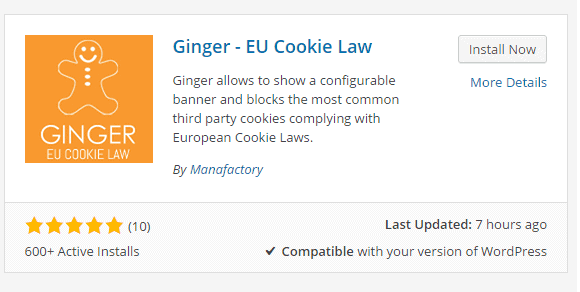
Step 4: Install the plugin.
Step 5: Activate the plugin.
Step 6: Scroll to the bottom and find the plugin’s settings and enable it.
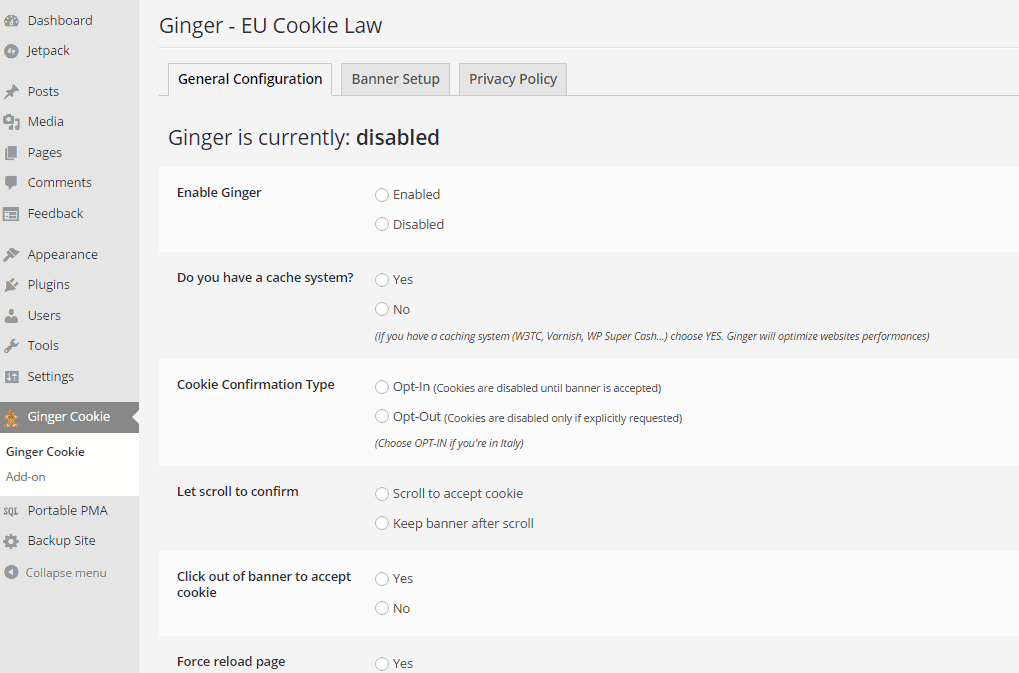
Step 7: For Ginger Cookie plugin, click on tabs to edit the banner design.
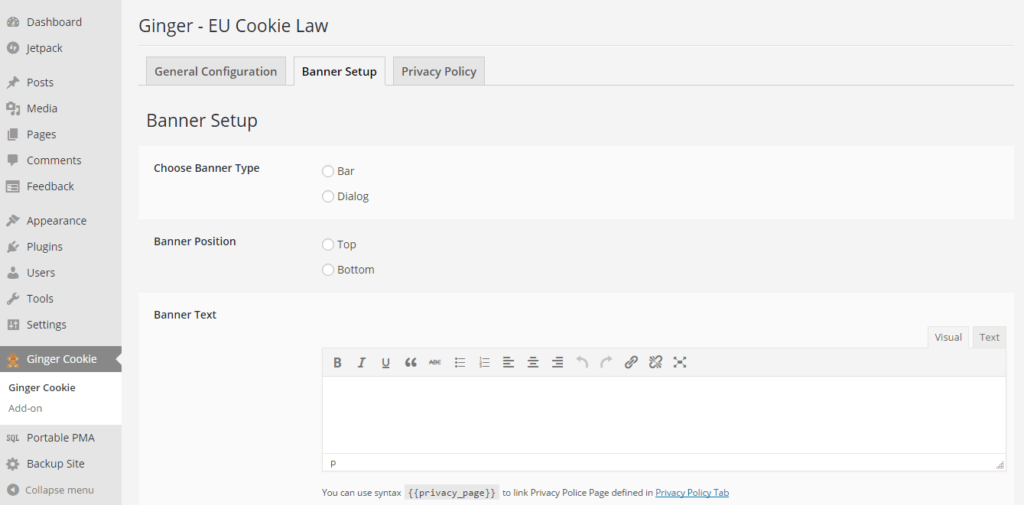
Step 8: For Ginger Cookie plugin, create your Privacy Policy page or select if it already exists.
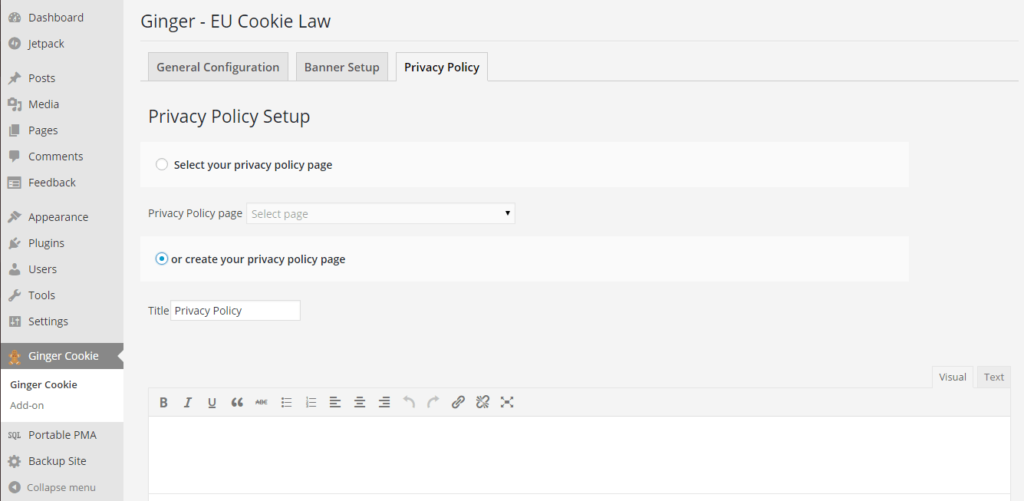
Step 9: Test your website if it’s loading well using a plugin. Too slow? Review and check out lightweight alternatives.
Step 1. Clone or install the Cookie EU script.
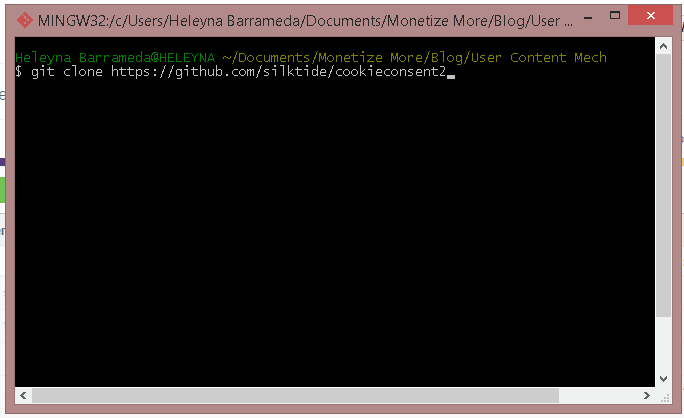
Step 2. For Git, use clone command and store on your web host.
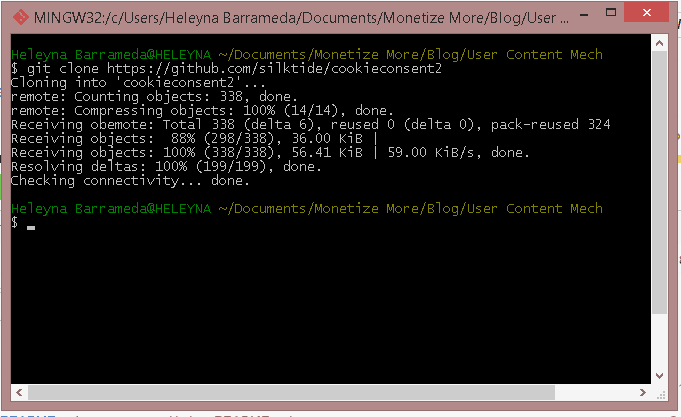
Step 3. Insert the code snippet calling the script on your static page.
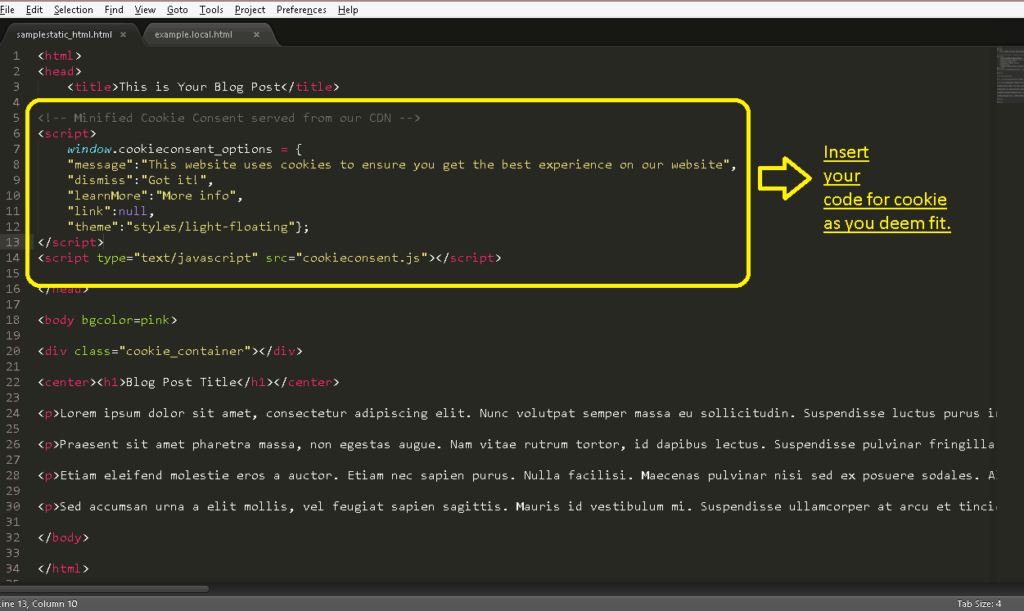
A more automated way to use Silk Tide is through their wizard, showcased on their website.
Step 1. Login to Blogger and click ‘Templates’ on Dashboard.
Step 2. Create a backup.
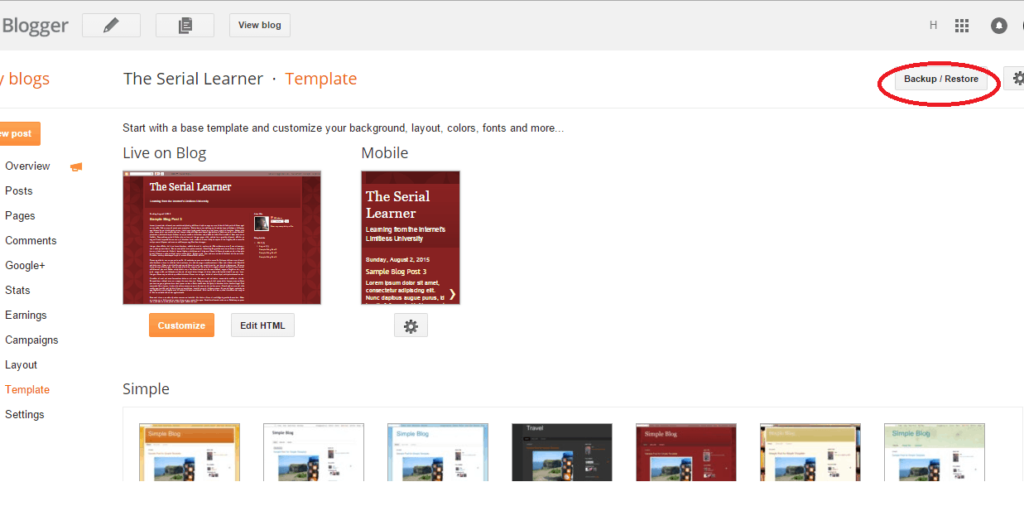
Step 3. Download and save somewhere safe.
Step 4. Begin editing HTML.

Step 5: Search the ]]></b:skin> segment.
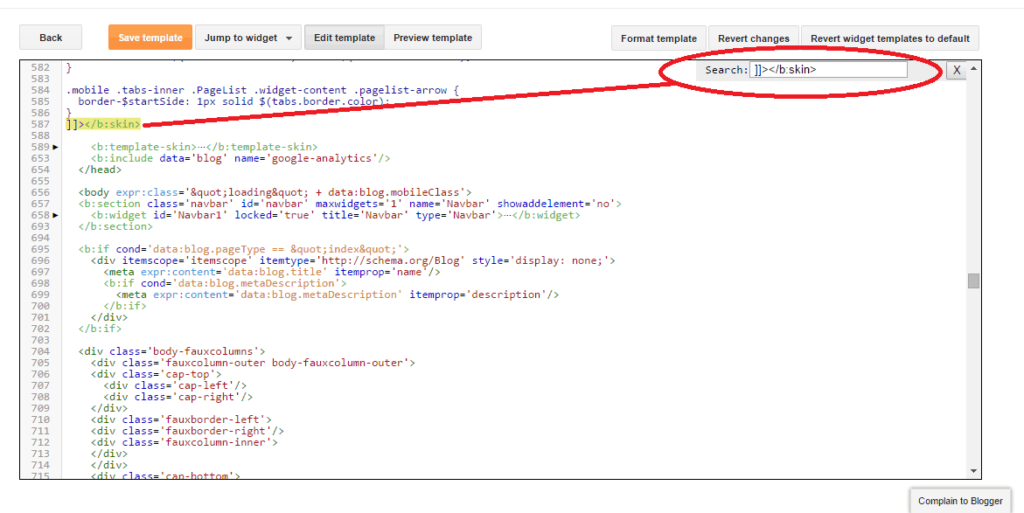
Step 6. Insert the code below this segment.
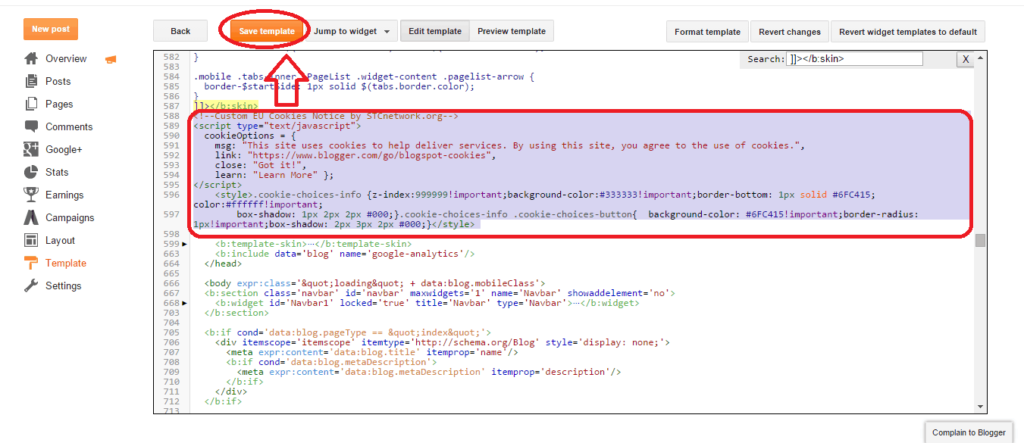
Step 1. Login as admin user.
Step 2. Click Modules and select Cookie Control. Save.
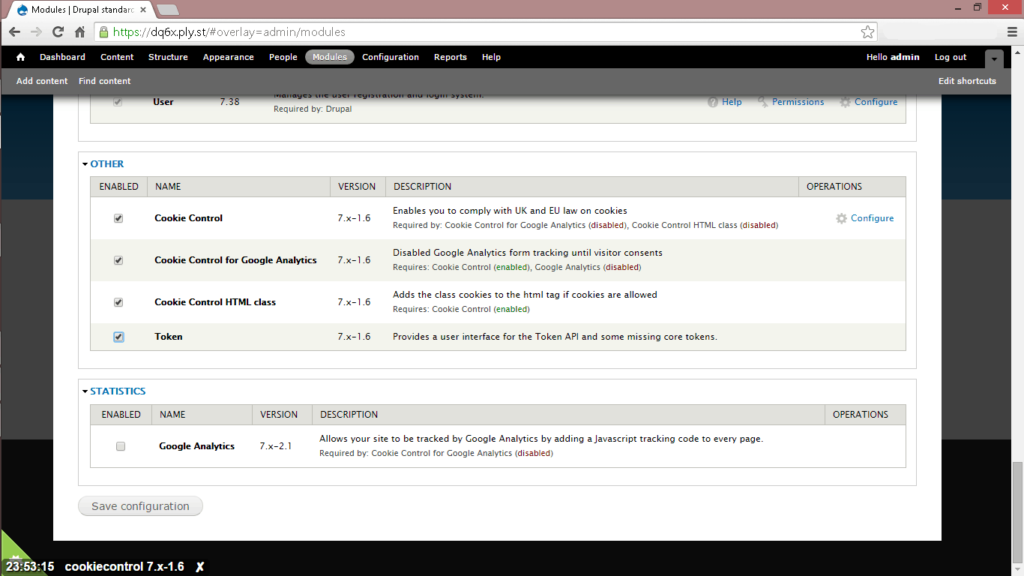
(Note: If you are a web developer, you can use drush to install an update on the command line.)
Step 3. Click Configuration and Cookie Control.
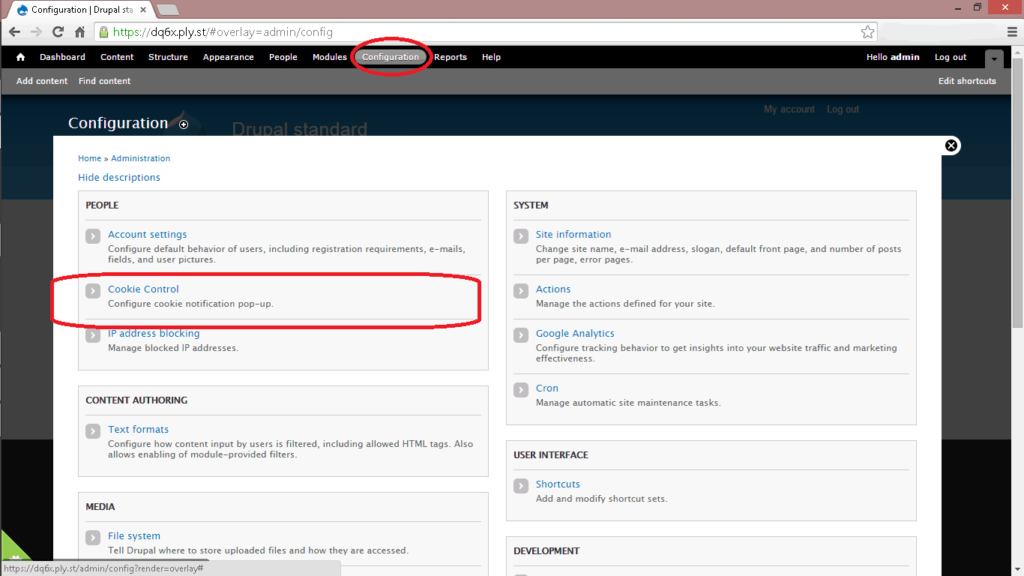
Step 4. Edit the information as you deem fit.
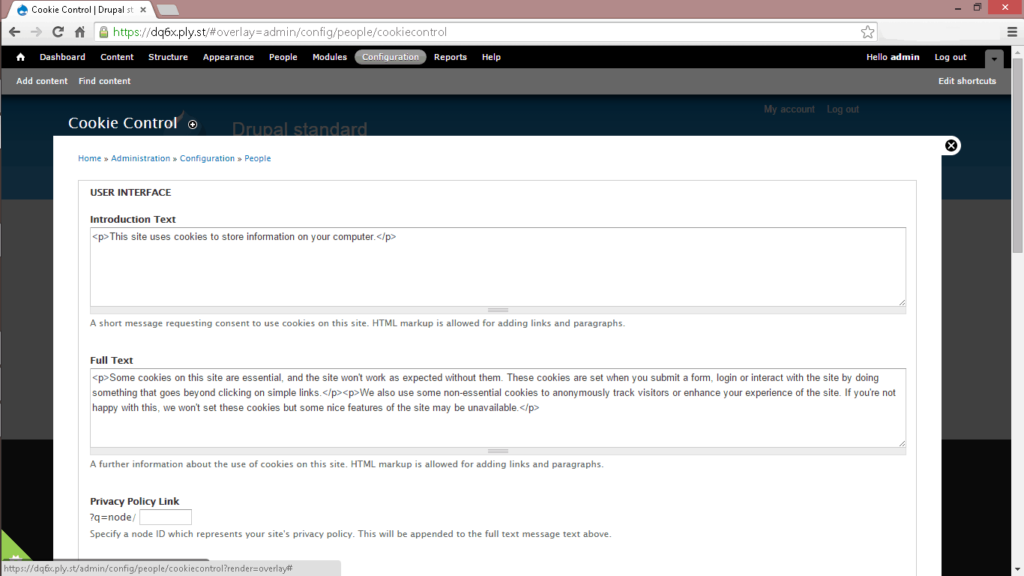
For Android and iOs apps, you can directly obtain the code from Cookie Choices but this will need testing for performance or speed.
There are quite a number of ways to approach the subject. If you have a series of identical websites,
you can also ask your web developer to create a script that will automate the insertion of these code snippets to your websites.
Regardless of the method used, the ultimate objective is to maintain a good balance in the digital advertising ecosystem: the users in EU member countries with data protection laws, the publishers who earn their revenues from relevant ad serving, the advertisers who reach their target audience and all the other stakeholders affected by this new policy.
Not sure how to gather user consent for your website? We can help you setup our CMP and ensure your website is asking for user consent properly. Sign up with MonetizeMore today to get help from our ad engineers.
Related reads:
10X your ad revenue with our award-winning solutions.